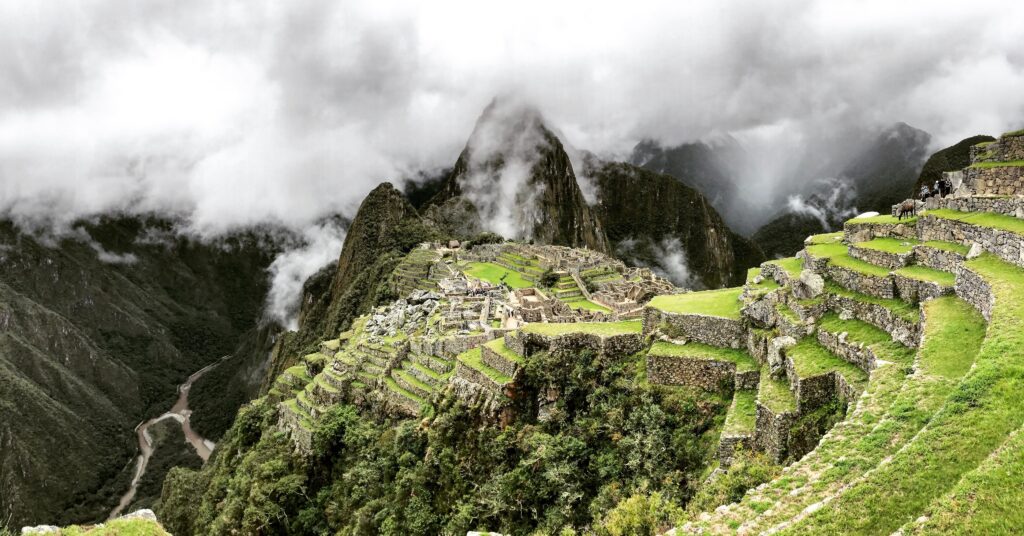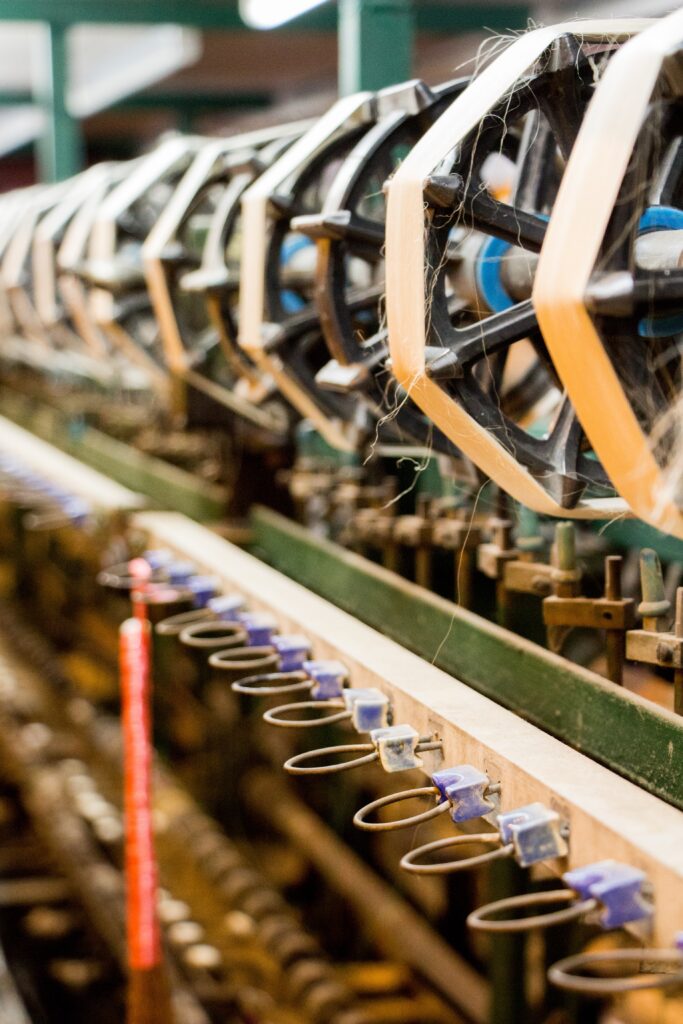Origins
The story of the Alpaca begins in South American. With evidence of Alpacas were pets firstly in the Puna highlands in central Peru, over 6000 years ago. They were believed to be taken to lower grounds 2000 years later with evidence at human habitats near the Peru Coast.
During the rise of the Inca Empire in 1500s, Alpaca developed growing popularity and higher status amongst the people. The Higher powers believed the survival and proper breeding of Alpacas were good for the people, offering clothing, food and transportation for the Inca Empire.
With selective breeding, the Incas understood the important of quality of Alpaca fibers, its commonly understood that quality of the yarn was even better than finest luxury alpaca clothing seen today. It was that valuable to the Andean people, they used fabrics as currency, and Alpaca wool fibers was considered to be that of the highest value.

Spanish Invasion
In 1532 things took a turn for the worst. The Spanish invaded South America and took prime focus in destroying and dismantling Incan culture and way of life. Spanish understood the importance of the Alpaca to Inca Empire, with century of selective breeding for the quality of the wool fibers. Leading to to over 90% of the Alpaca being slaughtered.
The Alpaca that survived were driven to Altiplano with the help of the Qutcha people.
Industrial Revolution
The Alpaca were left in survival mode for three centuries after the Spanish Invasion. This all changed in the 1800s with the birth of the Industrial Revolution, with consequence a booming textile industry.
The legendary figure of Sir Titus Salt an English mill owner came key advocate of the popularity of Alpaca fiber in United Kingdom and across Europe. While on a factory visit in Liverpool he stumbled upon the alpaca fiber, noticing the quality he bought all the factories stock. He started design luxury clothing with the Alpaca Wool, for the royalty such as Queen Victoria and Prince Albert. They loved the Alpacas so much they even owned two Alpacas!

Modern Day
The Alpaca fiber rush slowed in the mid 20th century due to the discovery of synthetic fibers. The lack of organisation and process in Peru made the export of their rich Alpaca fibers very difficult.
This all changed during the 1980s when US, UK, Canada , Australia and Israel agreed to import of Alpacas to these countries. All imported Alpaca were issued an ARI (Alpaca Registry,Inc) with key information such as birth dates, fiber colours, and blood type. This helps produce the highest of quality fibers by selective breeding.
Today key leader in importing Alpacas is the US with over 53,000 animals for selective breeding for the highest quality fibers.
Take a look at our Pure Touch Collection made from 100% Alpaca fibers from the source in Peru. Now you have greater understand of the treasured heritage of the Peru Alpacas.

